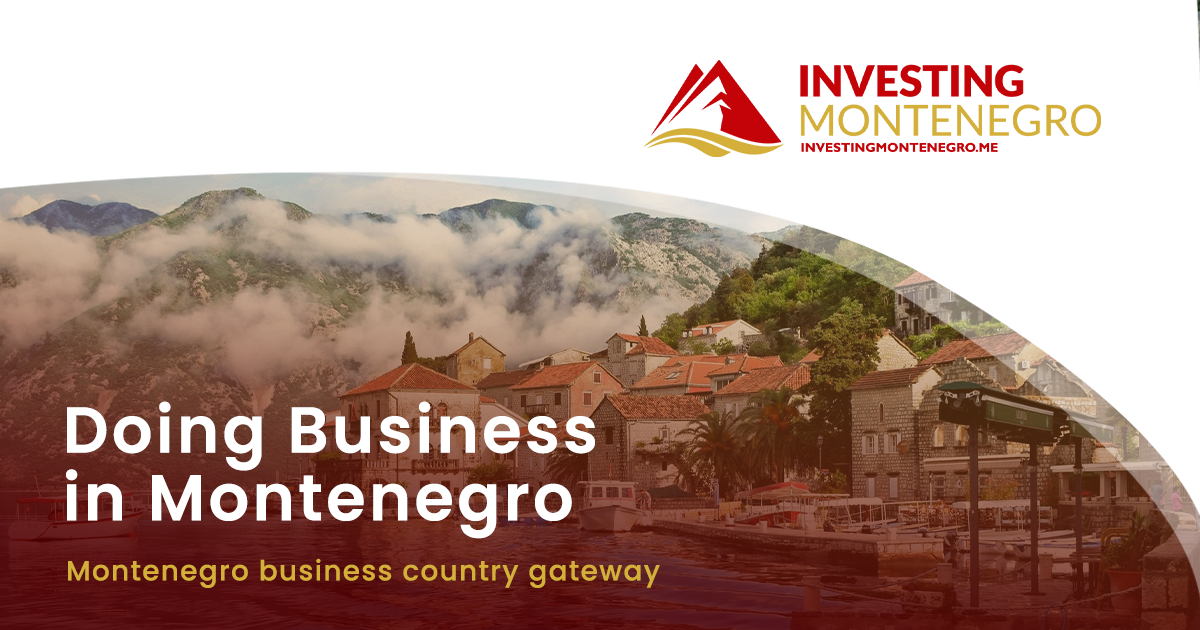Montenegro welcomed its first snow of the season on Thursday, but it remains uncertain whether there will be enough snow to sustain skiing throughout the upcoming winter tourism season. Last year, the country’s ski resorts, including those in Žabljak and Kolašin, suffered significant losses due to a lack of snow.
While artificial snowmaking systems could provide an alternative, the country’s state-owned ski resorts are still without such systems, with only the private Ski Resort Kolašin 1450 offering artificial snow capabilities.
The Ministry of Tourism acknowledged the need for artificial snowmaking and has started efforts to create conditions for this at state-run ski resorts. New developments for this winter include two ski lifts at Kolašin 1600 and a beginner’s ski area at Savin Kuk, as well as a mobile ski training area at Žabljak.
The government’s recently adopted Winter Tourism Plan highlights that the season will heavily depend on snowfall due to climate change. It also points out the need for ski resorts to have alternative solutions, including artificial snowmaking systems, to ensure sustainability.
The Ministry of Tourism emphasized that Montenegro’s tourism strategy now focuses on a year-round offering, aiming to overcome seasonality. New attractions and alternative activities like panoramic ski lifts, cross-country skiing trails, wellness/spa services, hiking, and cultural events are being promoted to diversify the tourism experience.
Ski resorts are also exploring non-snow activities, such as winter hiking and snowshoeing. In Kolašin, for instance, four hiking trails have been marked and will be promoted through information brochures.
Despite the uncertain snow conditions, tourism officials are optimistic about the upcoming winter season and are working to offer varied alternatives. Local businesses, like the Durmitor Tourist Center, are preparing new offerings, such as a ski slope for beginners, and are planning to utilize snowmaking equipment if necessary.
Additionally, the Ministry of Tourism is closely monitoring the pricing strategies of tourism providers, stressing that high prices without corresponding service quality could negatively affect tourism. The ministry is working to create attractive packages for visitors to ensure competitiveness in the market.
The government has also prioritized maintaining access roads to ski resorts during the winter. Preparations are underway to ensure that roads to key resorts like Kolašin 1450, Savin Kuk, and Žabljak remain accessible throughout the season.
Finally, the Ministry of Tourism is expecting to finalize the tourism revenue data for 2023 by the end of November, with early figures showing a slight increase in overnight stays. This is seen as a positive sign, especially given the favorable weather conditions in October and November.
In 2023, Montenegro’s tourism revenues from foreign visitors reached €1.51 billion, marking a 43% increase from the previous year and a 37% rise from the record year of 2019.













